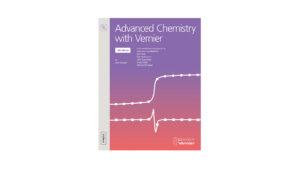The Determination of the Percent Water in a Compound
Experiment #2 from Advanced Chemistry with Vernier
Introduction
The polarity of the water molecule, which makes it a great solvent for ionic compounds, causes water molecules to cling to the structure of solid substances. When this occurs, the trapped water molecules are called water of hydration and they become an integral part of the crystal structure.
There are many compounds that have a tendency to absorb water vapor from the air. These compounds are said to be hygroscopic, and can be used as moisture-reducing agents. Other compounds absorb such large quantities of water vapor that they will actually dissolve in their own water of hydration, a property known as deliquescence.
In this experiment, you will test a hygroscopic ionic compound to determine its water of hydration. Although the water molecules are securely attached to the ionic solid that you will test, they are susceptible to removal by heat. You will gently heat a sample of the compound to drive off the water of hydration. By measuring the mass of the sample before and after heating, you can determine the amount of water in the sample and calculate its water of hydration.
Objectives
In this experiment, you will
- Carefully heat a measured sample of a hygroscopic ionic compound.
- Determine the water of hydration of the compound.
- Complete the chemical formula of the compound.
Correlations
Teaching to an educational standard? This experiment supports the standards below.
Ready to Experiment?
Ask an Expert
Get answers to your questions about how to teach this experiment with our support team.
- Call toll-free: 888-837-6437
- Chat with Us
- Email support@vernier.com
Purchase the Lab Book
This experiment is #2 of Advanced Chemistry with Vernier. The experiment in the book includes student instructions as well as instructor information for set up, helpful hints, and sample graphs and data.

